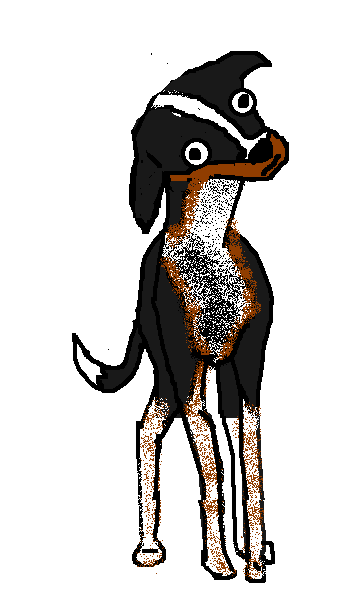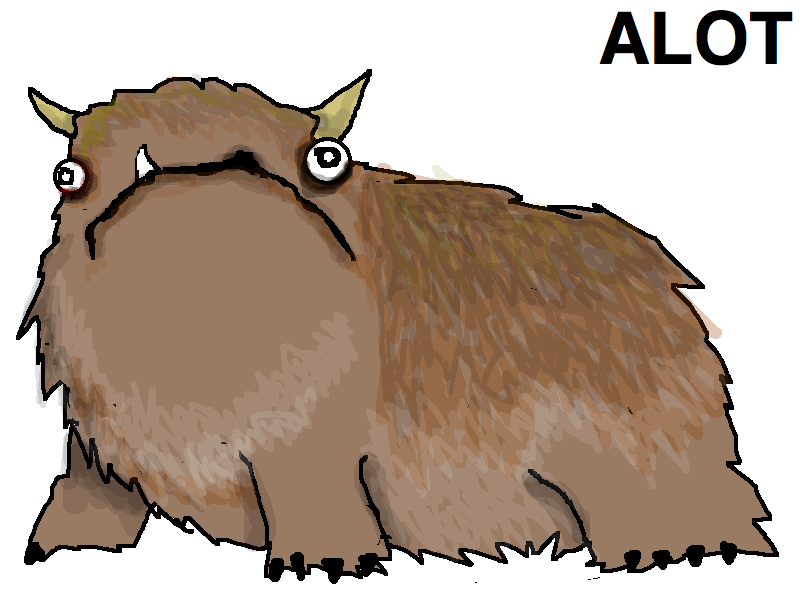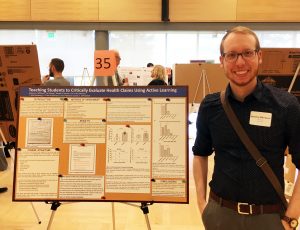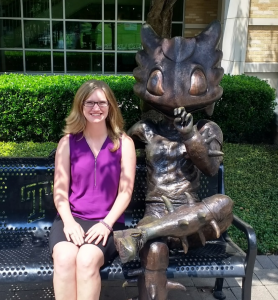by Amal Katrib
Schooltime has gained new meaning in today’s world of social distancing, with the educational system pressured to embrace, and accordingly adapt to, the “new norm”. The pandemic’s abrupt onset had left many students trapped in a convoluted maze of uncertainties, having to fly relatively blind through a less familiar learning environment—the virtual classroom. In order to mitigate disruptions to student learning, educators started experimenting with a variety of online resources and technologies. While some focused on assembling a broad menu of solutions to effectively engage students from a distance, others conjured up new pedagogical modalities to best strategize for times ahead. And without the time to dive into research that guides both online and crisis teaching, academic institutions were opting to deploy flexible action plans so they can respond to such unprecedented challenges and pivot, if and when necessary.
This high degree of organizational adaptability is something I used to only associate with startups, failing to realize its prevalence, let alone its importance, in education.
Many early-stage startups emphasize the need to plan(a) ahead, while staying both lean(b) and agile(c) —what I refer to as the “startup mindset”—in order to survive an ever-changing volatile environment. They implement a “build-measure-learn” framework, cycling their ideas through a feedback loop of validated learning and quickly iterating through incremental development to optimize product value and market fit. They also are predominantly led by smaller, multifunctional teams that continue to collaborate across organizational boundaries without restraints. As a result, they are able to readily assess circumstantial changes as they come up, and strategically embrace them to continue driving innovation.






 “I want to go swim, mom! Let’s go!!” It’s mid January and I’m taking a walk with my four year old son who LOVES the beach. Instead of saying no, I tell him that I don’t want to swim because it’s too cold. “You can go ahead and take off your socks and shoes and put your toes in, but it’s pretty cold”. He does – giggles and squeals of excitement emanate through Madrona Park. He runs back, sheepishly telling me that it’s too cold for swimming and puts his socks and shoes back on, but he has a huge grin on his face. We keep walking and meet my partner who has our baby bundled up in a stroller.
“I want to go swim, mom! Let’s go!!” It’s mid January and I’m taking a walk with my four year old son who LOVES the beach. Instead of saying no, I tell him that I don’t want to swim because it’s too cold. “You can go ahead and take off your socks and shoes and put your toes in, but it’s pretty cold”. He does – giggles and squeals of excitement emanate through Madrona Park. He runs back, sheepishly telling me that it’s too cold for swimming and puts his socks and shoes back on, but he has a huge grin on his face. We keep walking and meet my partner who has our baby bundled up in a stroller. 